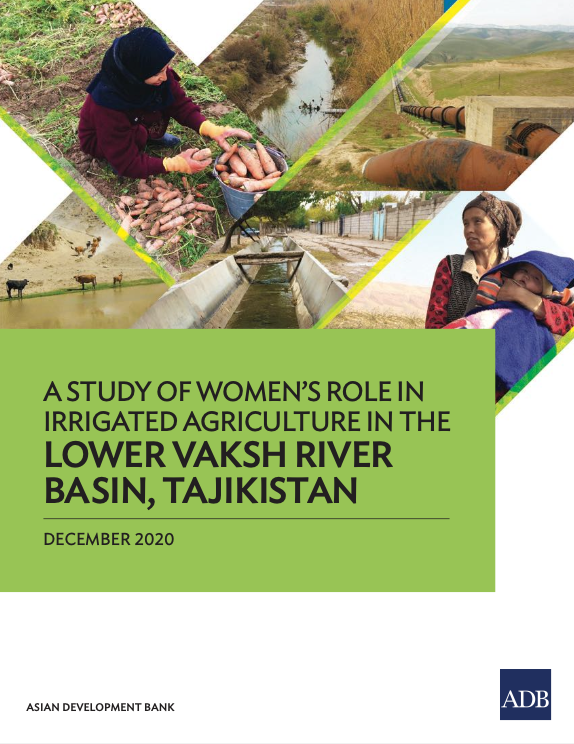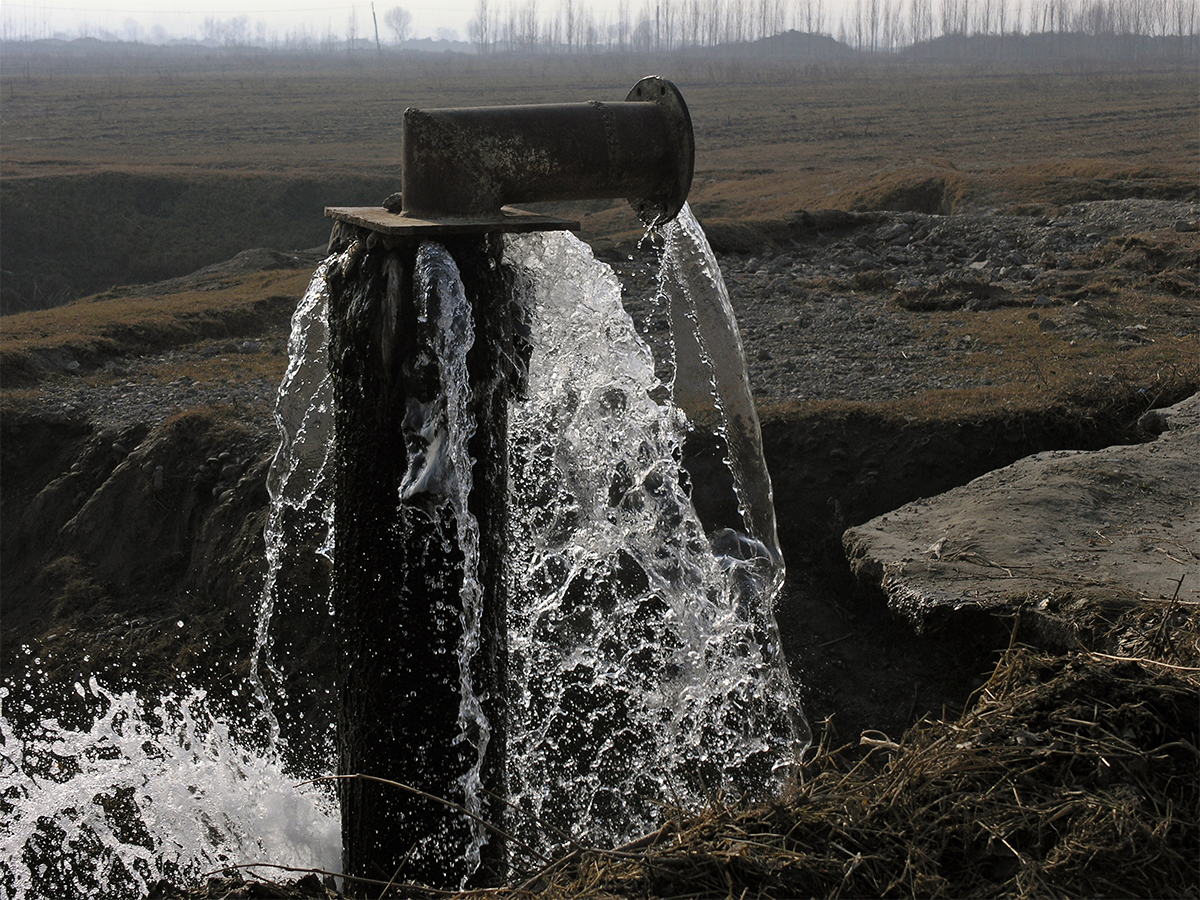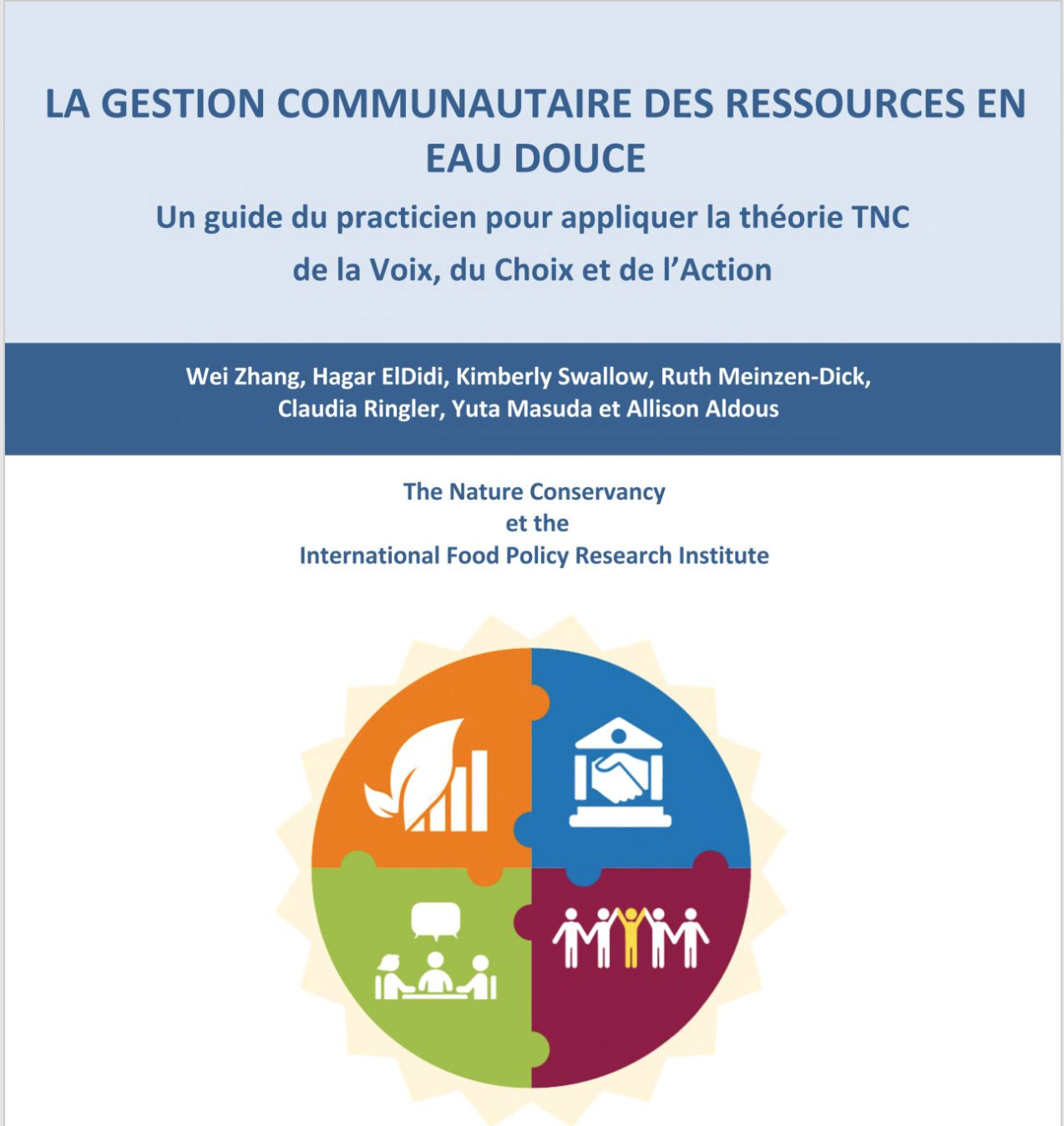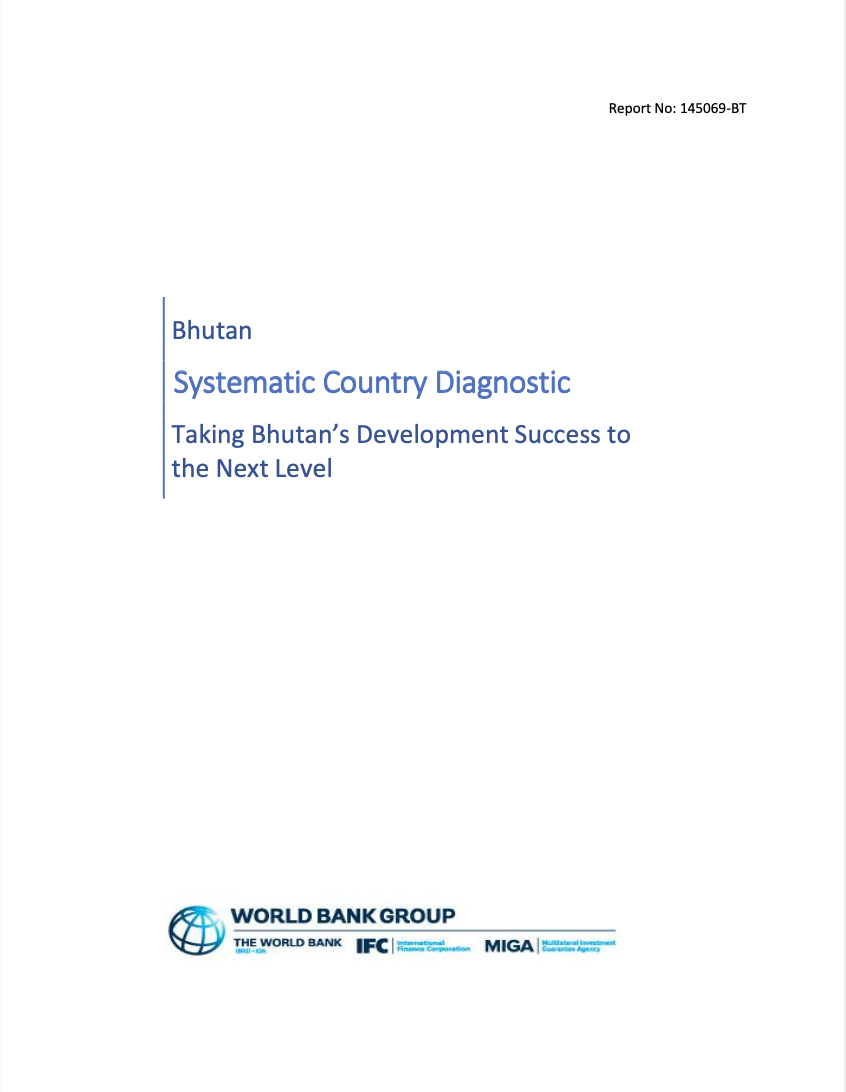A Study of Women's Role in Irrigated Agriculture in the Lower Vaksh River Basin, Tajikistan
The study examined women’s roles and gender gaps in land operation and farming, labor arrangements in agriculture and water management, and feminization of agriculture in the Lower Vaksh River Basin in Tajikistan.






